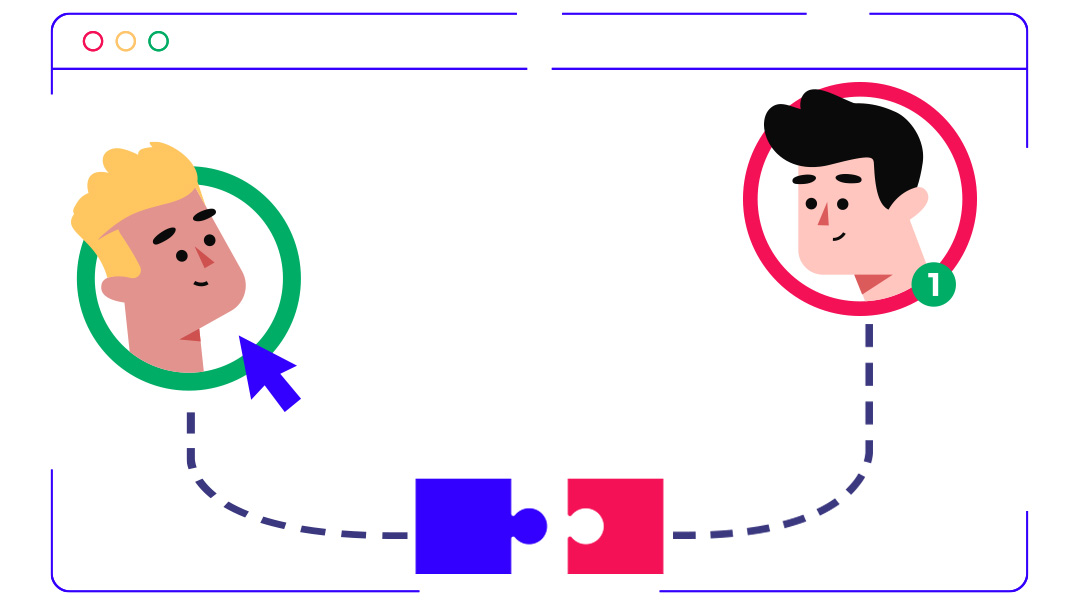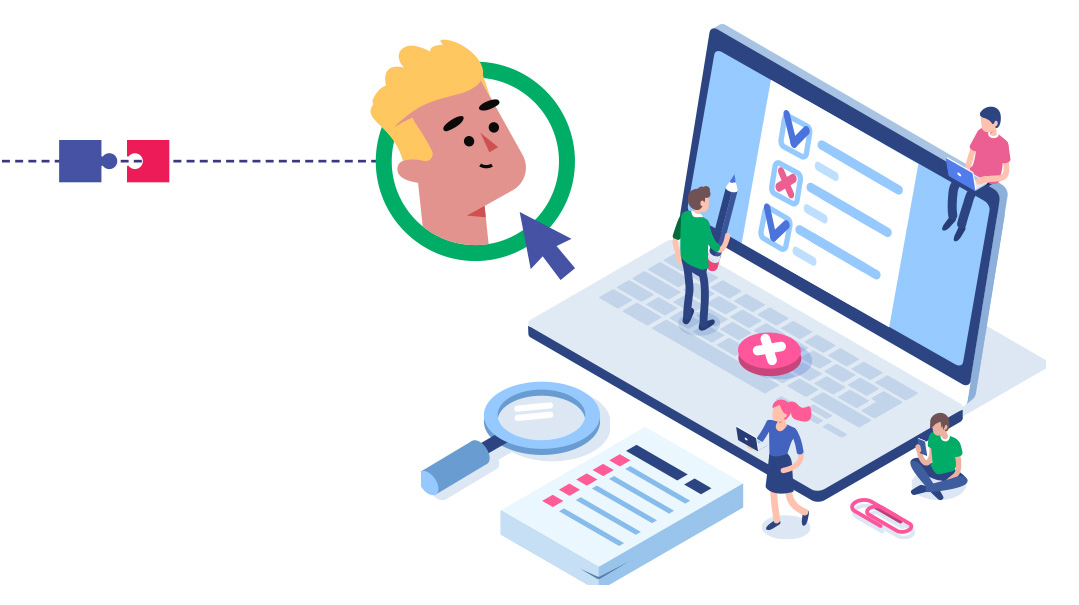Empower Your Business with Smart Software Choices

This column unpacks the role of software, what it can do for you, how to approach it, the questions to ask, and what it looks like put into action

By Liora Waxman with Esther Kurtz
IT may seem like the golden age of software, but many people find themselves bogged down and confused by it rather than supported and enabled.
If you’re running a business, you know people are constantly trying to pitch their proprietary software and convince you why it’s going to change your life. You might still want to believe it, but more likely, you’ve become tired and jaded.
This column unpacks all that: the role of software, what it can do for you, how to approach it, the questions to ask, and what it looks like put into action.
Sound good?
Let’s do this.
Zev is a friend of mine who runs a small medical equipment gemach in his basement, offering short- term loans of things like crutches, wheelchairs, and scooters. He does it l’illuy nishmas his father, and his brothers and sisters are involved as well. He approached me one day after Minchah.
“People keep telling me I should get software to run my gemach, that it would make things so much smoother,” he said.
“Are you having issues now?” I asked.
He shrugged.
“It’s mostly good. Sometimes things get a little disorganized, and we’re not so coordinated, but we usually figure it out after talking a bit.”
I nodded. So many people run to software because that’s what everyone else is doing. They don’t always take the necessary step back to identify exactly which problem they’re trying to solve and find a solution tailored for that.
I told Zev to call me later.
When we picked up the conversation later, I started by walking him through some technical background so he’d have a better idea of what he might be looking for.
“The first thing you need to know is SaaS,” I told Zevi.
“What’s that?” he asked.
SaaS — Software as a Service
Any software you pay monthly/yearly to use falls under SaaS, like Google Drive, Dropbox, Office 360, and the millions of other software options out there.
SaaS powers businesses today. Every business owner, from solopreneur to enterpriser, relies on software to get things done, from tracking to bookkeeping to selling. Name your business problem, and there’s likely a SaaS solution for it.
“So what should I be using?” Zev asked.
“Wait,” I told him. “You need to start by answering the first question: What do you need from software? What is failing you now, and how can you be doing it better?”
Why Software
Software can seem like an obvious yes in a business world that’s over-saturated with software solutions, but you need to establish the why, and the goal, before you find the solution.
My view is that software and tech in general should be making your life easier. Software is not a must. It’s a tool. If pen and paper and manual screwdriver work for you, then keep at it.
Any software you use should be held to this standard. Once you’ve gotten over the learning curve, you need to check in: Is it making things easier? If not, then this might not be the solution for you, or you might not need a solution at all.
Ultimately, software should work for you, not the other way around.
“I use a shared Excel spreadsheet to keep track of what’s in stock in the gemach, and what was lended out,” Zev began.
“How’s that working?” I asked.
“Baruch Hashem, that’s fine.”
“So where’s the problem?” I probed.
“I don’t know, people just say it could be better,” he said.
I laughed. So many people think this, but it ends up hurting them. You need to know your goal before you try to achieve it.
Goals
Even if you don’t have a pressing problem to solve, software can still help a business. But if you don’t know what you’re trying to solve, you’ll just end up with a lot of inactive accounts.
“So do I need anything?” Zev asked, sounding a little confused now.
“You sound like you’re doing great work,” I reassured him. “Tell me more about the step-by-step running of the gemach so I can see if there’s any place software can help you, or maybe you should just leave it running as it is.”
He cleared his throat. “People call and leave a message telling us what their problem is and explain what they need or what they’re looking for. Then we call them back, see what we have in stock, let them know when and how to pick it up, how to take care of it and use it, when to return it, and whatever it is they need to know. We update the spreadsheet marking what was lended out and when we expect it to be returned. Then people return stuff. It’s a simple gemach, we have nothing fancy going on here,” Zev ended diffidently.
“How long do these phone calls take with the information?” I asked.
“Well, they’re not short ’cuz there’s a bunch of information, but I’ve done it so many times I can do it in my sleep. It’s just time consuming.”
“And there you have it,” I said.
Zev seemed confused.
“You’re so used to running the gemach this way that you just see these calls as another task that has to be done and not like a problem that has a solution.”
“Software can cut down my time on the phone?” Zev sounded skeptical.
“You bet.” I assured him. “But you wouldn’t know that until you understand your workflow.”
Workflow
Reviewing every aspect of how you do your job, in what sequence, and why, can highlight stressors that you may have thought were just the cost of doing business. Having a full understanding of how and why you complete a task the way you do can clarify if software might be a solution.
Now that Zev knows what he’s trying to achieve, we’ll consider the different ways he can achieve that.
In our next installment we’ll discuss solution options: project management versus task management.
Liora Waxman is the Director of Content at TidyStack, a company that helps small businesses find software that will perfectly fit their needs. She can be contacted through Mishpacha
(Originally featured in Mishpacha, Issue 942)
Oops! We could not locate your form.







